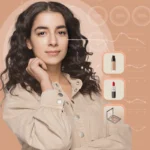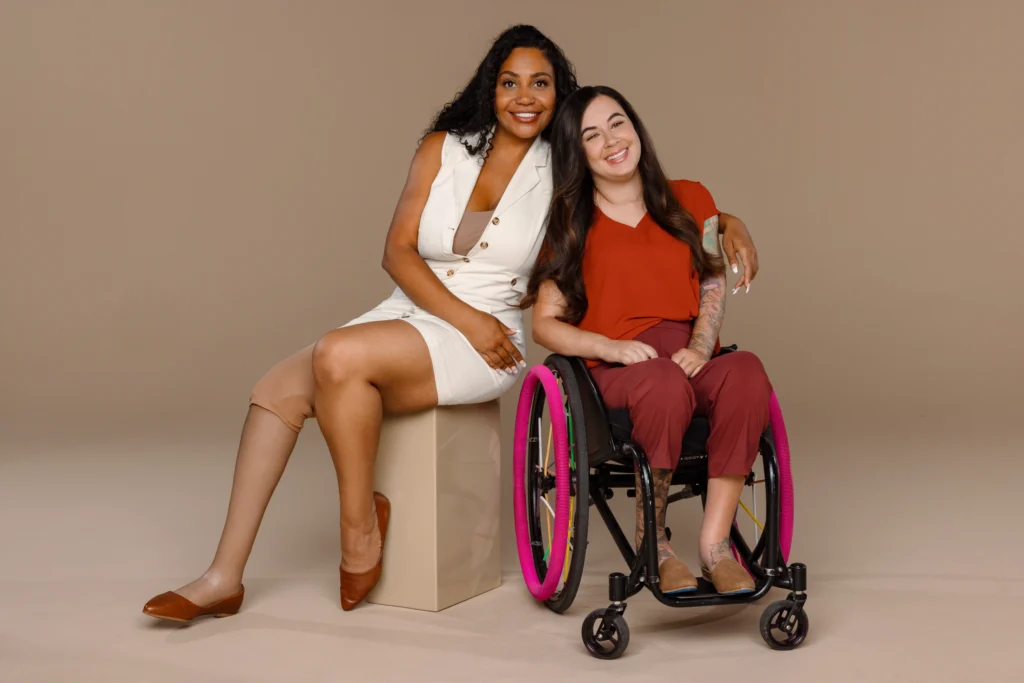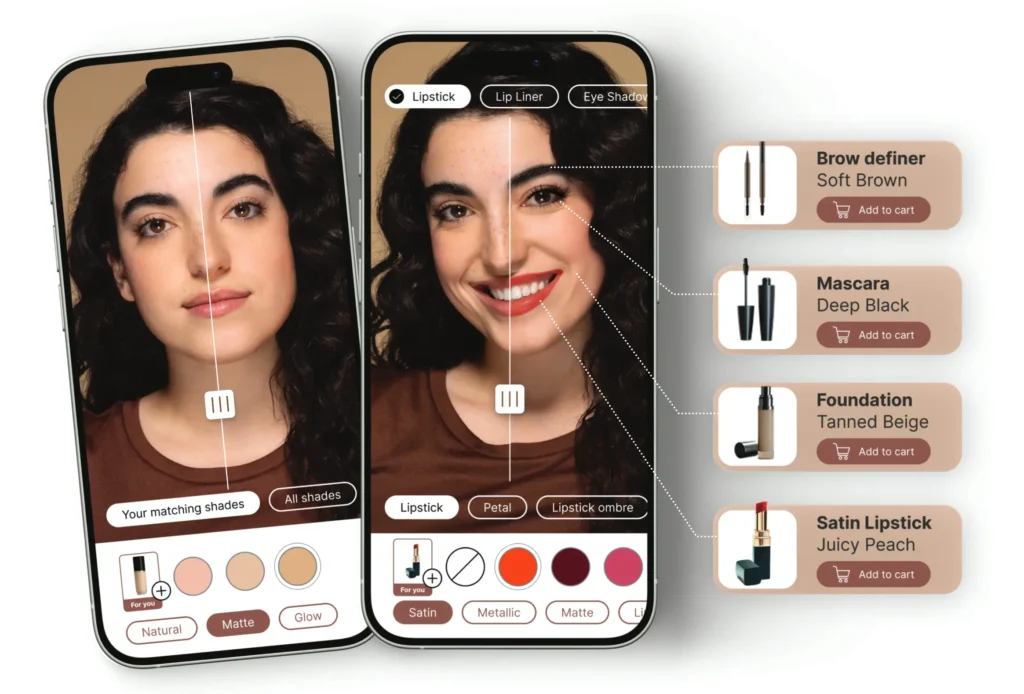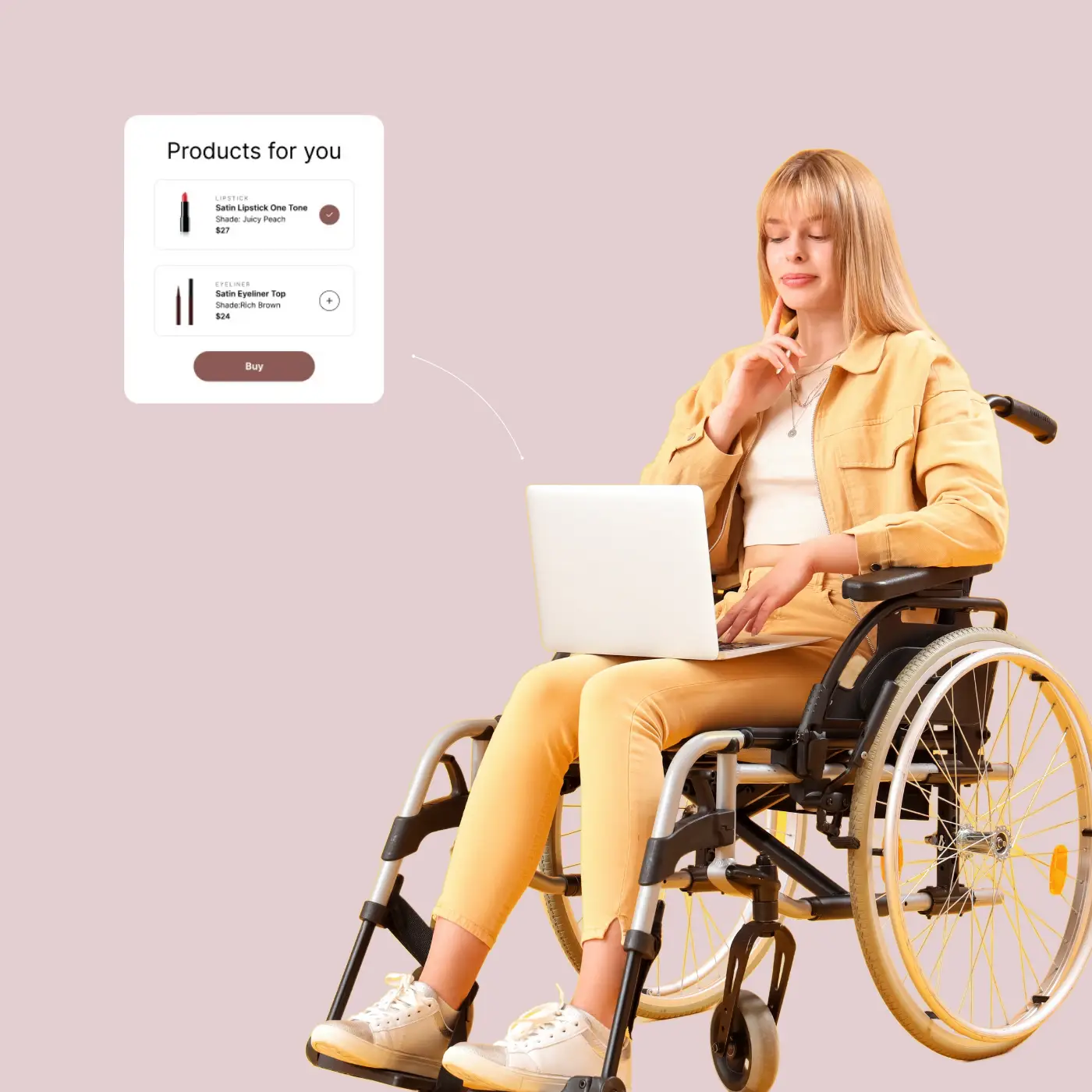The typical beauty shopping experience involves bright stores filled with products promising transformation, or sleek websites with endless options to explore. For many, this is pure joy, a chance for self-expression, and a boost to their confidence.
But what if the aisles are too narrow for a wheelchair?
What if the product descriptions are unreadable by a screen reader, the “perfect shade” locked behind packaging impossible to open with limited dexterity? Or the “miracle” cream’s tiny font an impenetrable secret for those with visual impairments?
For millions of people, these aren’t hypothetical scenarios. They’re daily realities that turn beauty shopping from joy into frustration. People with disabilities make up over 15% of the global population, yet most beauty brands aren’t designed with their needs in mind.
This includes the growing need for accessible makeup, which allows individuals with physical, sensory, or cognitive impairments to enjoy beauty experiences.
The numbers speak volumes
People with disabilities and their families control $8 trillion in global spending power, a number that grows every year.
In the US alone, that’s $490 billion in disposable income. To put this into perspective, America’s entire beauty market was worth $557 billion in 2023.
This reality suggests that by not proactively catering to this demographic, brands are inadvertently imposing an “invisibility tax” upon themselves. And it’s not just about lost sales; there’s reduced brand loyalty, missed word-of-mouth marketing, and weaker competitive positioning in a crowded market.

➥ Dive deeper into key trends shaping the beauty industry in our comprehensive Cosmetics industry report.
The difference between ‘accessible beauty’ and ‘accessibility and inclusivity’ in cosmetics
To address the accessibility gap, we need clear definitions. ‘Inclusive beauty‘ means providing products for different skin tones, hair textures, and physical characteristics.
‘Accessible beauty‘ goes further. It ensures that beauty products, services, and shopping experiences work for people with all types of abilities, including physical, sensory, cognitive, or other disabilities.
As Guive Balooch, Global Head of L’Oréal’s Technology Incubator, said: “Self-expression should have no barriers or limitations”. This idea drives accessible beauty.
The beauty industry has made progress on skin tone diversity and gender inclusivity, but disability has often been the “last frontier” in these conversations.
This shows that the industry’s understanding of “inclusivity” has been incomplete. The evolution is clear: from basic diversity (expanding foundation shades) to deeper inclusivity (gender-neutral marketing, age-positive narratives), and now to accessibility, which addresses the full spectrum of human ability.

Brands championing ‘accessible beauty’ are creating a more complete vision of inclusivity and setting new industry standards.
Why now? Why your brand?
The call for ‘accessible beauty’ is, for the most part, driven by changing consumer expectations and demographics.
A significant 74% of beauty buyers explicitly value inclusivity. This preference is especially strong among Gen Z and Millennial consumers, who prioritize diversity and inclusion and actively choose brands that reflect these values.
But despite clear consumer demand and significant market opportunity, a major gap remains.
A staggering 95.1% of disabled customers feel there aren’t enough accessible beauty brands.
While some progress has been made, with 22% of beauty brands designing with disability in mind in 2025 (up from 11% in 2023), this still represents a small fraction of the industry.
Let’s sum up the data we covered so far:
| Global Spending Power of Disabled Consumers & Families | $8 trillion |
| US Disabled Household Disposable Income | $490 billion |
| % of Beauty Buyers Valuing Inclusivity | 74% |
| % of Disabled Consumers Feeling Undervalued by Industry | 95.1% |
| America’s Beauty Market | $71.5 billion in 2022 |
How does ableism manifest in the beauty industry?
Ableism is discrimination against people with disabilities, often through exclusion or assumptions about their capabilities. In beauty, it appears in three key ways:
- Narrow beauty ideals: The industry has promoted restrictive beauty standards that exclude people with disabilities from mainstream beauty narratives. This impacts self-esteem and belonging for those who don’t see themselves represented, especially in relation to beauty and disability.
These aren’t minor inconveniences but systemic barriers that prevent people from participating in beauty culture.
The roadmap to truly inclusive beauty experiences
Here’s something interesting. When brands design with disability in mind, they often benefit from a much wider audience, a phenomenon called the “curb-cut effect.”
Easy-to-open packaging helps people with arthritis, but also anyone who values convenience. Clear fonts benefit those with visual impairments as well as older consumers or anyone reading in poor lighting.
Investing in ‘accessible makeup’ and universal design isn’t niche spending but an investment in superior design that enhances the experience for all consumers, broadening market appeal beyond the initially targeted group.
✔ Technology: The great equalizer
Technology is only as good as its worst implementation. For too long, digital innovation has served the already-served while leaving everyone else in the algorithmic dust.
But when AI (artificial intelligence that learns and adapts) and AR (augmented reality that overlays digital elements onto the real world) are designed with justice in mind, they become tools of liberation rather than exclusion.
Take AI foundation shade finders and virtual try-ons. Here’s technology doing what it should: offering a personalized experience and dissolving friction instead of creating it. Point your camera, get your shade match, see the lipstick, make the call. No store crowds, no pushy salespeople, no wondering if that shade will work on your skin tone, and no struggling with tiny testers when your hands don’t cooperate.

Why AR beauty tools matter now:
- 64% fewer returns when customers can see before they buy
- 2.4x higher conversion rates for brands that get it right
Early virtual try-ons and shade matchers failed spectacularly. Built on narrow datasets, these tools worked for some faces while excluding others entirely. The result? Technology that promised inclusion but delivered alienation.
Today’s breakthrough solutions, like Arbelle’s makeup AR and AI foundation shade finder, detect 150+ facial points in real-time, creating mirror-accurate experiences across all skin tones and features. But technical precision is just the start.
True accessibility means:
- Screen reader compatibility
- Inclusive design that caters to different skin types
- Clear, intuitive interfaces
- Solutions for eyeglass wearers
For someone with mobility challenges, social anxiety, or simply limited store access, virtual try-on transforms from convenience to necessity.
Accessible beauty is where profit meets justice
Here’s the thing: when we talk about accessible beauty, we’re not just checking a box. We’re talking about reshaping what beauty means for everyone. Accessible design isn’t about avoiding PR backlash; it’s about unlocking a market worth trillions, while doing right by consumers who’ve been left out for too long.
Tech like AI and AR is more than just fun. It’s the key to a universal beauty experience. As more brands realize that designing for everyone creates better products for all, we’ll see a shift.
The numbers speak for themselves: accessible beauty is good business. A more loyal customer base is waiting for brands that prioritize inclusivity. If you’re not on board, you’re missing out.
So here’s the challenge: you’ve made progress with skin tones, gender, and age. Now take it further. Make beauty something everyone can access and enjoy.
Get in touch
Find out how to leverage beauty tech and tap into the accesible beauty market with Arbelle.
